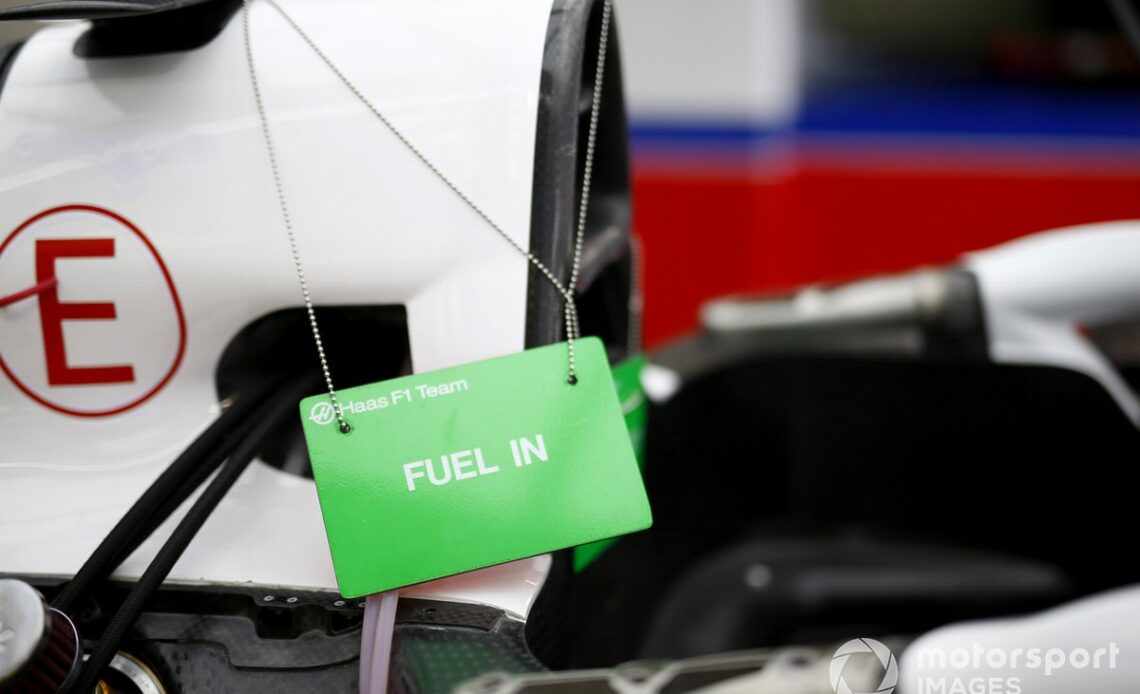It’s no secret that weight is everything in Formula 1, but also that F1 cars have been getting heavier over time too. Since 2022 the cars are comfortably the heaviest in the championship’s history and this gain can typically be explained by increased safety features in recent years (the halo weighs 7kg, for example).
Across a grand prix weekend and even during the race alone the weight of a Formula 1 car seriously fluctuates, but the FIA sets a minimum weight for the car that teams need to hit. The FIA technical regulations are a lengthy 178 pages, but here is everything to do with the weight of a Formula 1 car.
How much does an F1 car weigh?
In 2023 the minimum weight of a Formula 1 car is 798kg (1,759 lbs). The original limit was set at 795kg, but the limit increased by 3kg as teams struggled to meet it.
There was a plan to reduce the F1 car weight by 2kg, but the plan fell through and the 798kg weight limit has been retained to factor in heavier tyres and new mandated electronic items in the car. This is for the mass of the car with the driver, fitted with dry-weather tyres, but without fuel. The minimum weight limit is set by the FIA in their rulebook.
However, each team’s car will be at varying amounts over the minimum weight depending on the team. For example, this year, 2022 has seen cars run overweight compared to this minimum value. Alfa Romeo was believed to be the only car that is not considerably overweight, hence why the team is particularly opposed to the raising of the minimum weight limit earlier in the season.
This minimum weight is measured after the grand prix, when the car has used its fuel. The total fuel capacity of a Formula 1 car is 110kg, meaning at the beginning of a grand prix with the driver and a full fuel load the car will weigh at least as 908kg, assuming they have a full fuel load.
Maintenance sign denoting that a car is fuelled in the Haas F1 garage
Photo by: Andy Hone / Motorsport Images
However, teams may choose to run with less than 110kg of fuel depending on the track – tracks with heavier braking and acceleration zones make for higher fuel consumption.
There is no upper limit in terms of the weight of a Formula 1 car, however it is highly undesirable to be overweight. Increasing the weight makes the car slower, so teams aim to get as close to that lower limit as possible. If cars are under the minimum weight limit teams will add ballast, which is extra weight to hit this minimum…
Click Here to Read the Full Original Article at Motorsport.com – Formula 1 – Stories…

